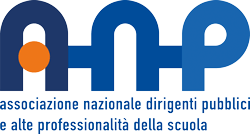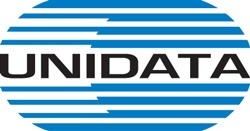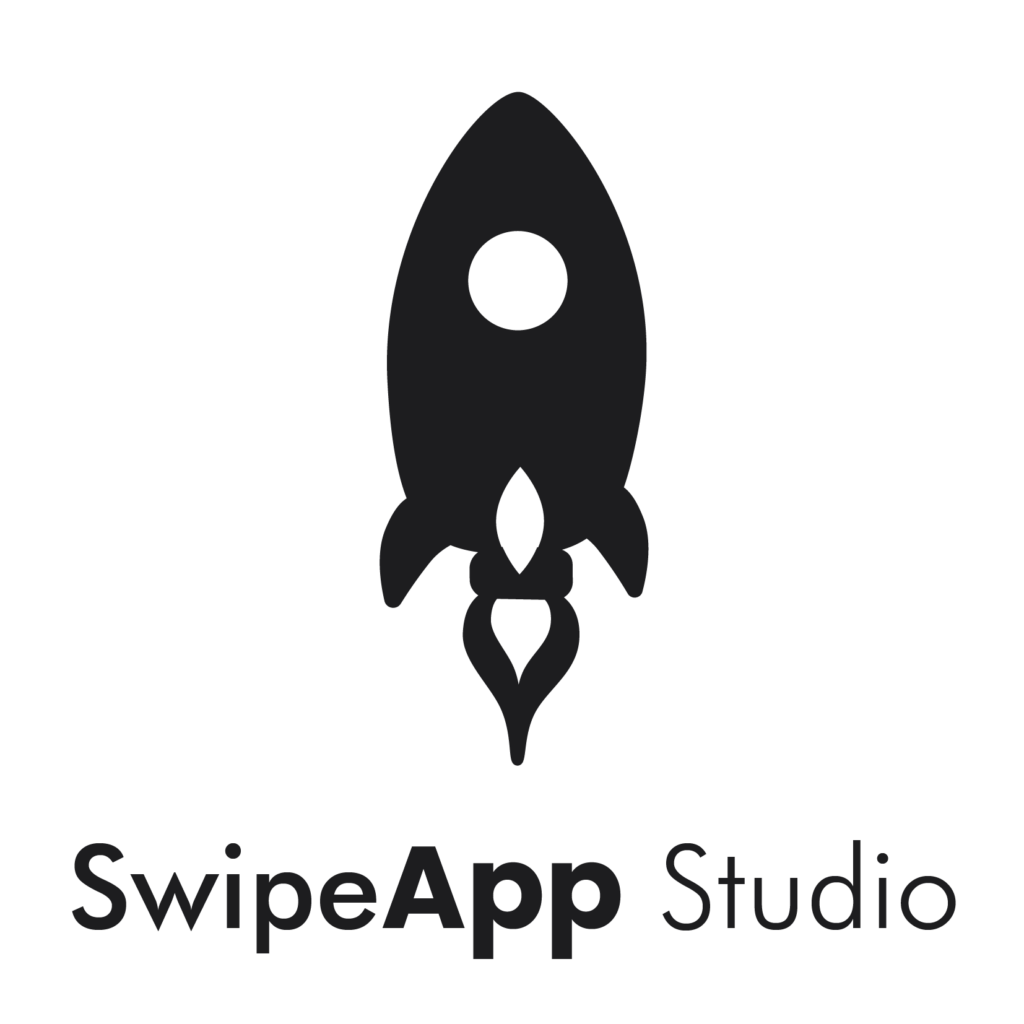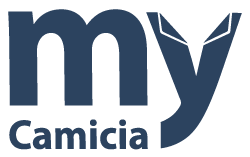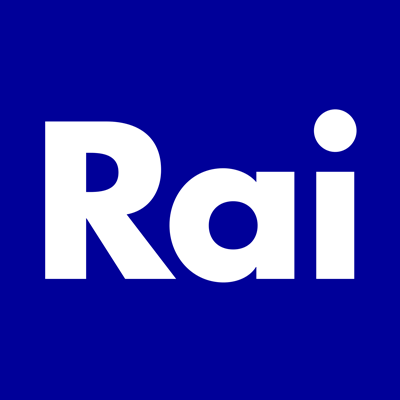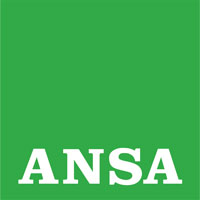“Everything in this room is edible” Willy Wonka commented on the Edible Room of his Chocolate Factory. And soon this may not be so far from reality!

A few months ago we talked about how common items, dishes, cutlery and glasses are becoming real dishes, thanks to innovations from makers and startups. From Do Eat, which produces edible dishes with potato starch and edible ink, to Loliware, manufacturing fruit-colored glasses that can hold any kind of liquid, to Pappami, a delicious dish that can replace bread. Saltwater Brewery has designed rings for beer cans made of barley and wheat. Bakey’s is an Indian startup whose spoons are made of a material derived from different types of flour mixed with water and sorghum, completely natural and with no chemicals. Triangle Tree not only produces edible spoons but also sells a machine to make them at home thanks to the Edible Spoon Maker. The US Department of Agriculture USDA is also investing in the research for new sustainable food packaging solutions and has developed a film made of casein, one of the milk proteins.
Food packaging is one of the main environmental pollutants. According to a study from the World Economic Forum, by 2050, oceans could contain more plastic than fish. The Scientific Advances magazine reveals that the tons of plastic produced in the 1950s were 8 billion, and half was produced in the last 13 years. Only 9% was recycled and 12% was incinerated, and the majority (79%) is in dumps and oceans. Every minute one billion plastic bottles are bought in the world, and each bottle requires 450 years to decompose.
So why not thinking of an edible bottle? The English startup Skipping Rocks Lab created Ooho, an innovative and unique packaging material, that allows to encapsulate water and juices in flexible, fully biodegradable bite-sized packets! They are 100% made of seaweed and plants so they biodegrade in just 4-6 weeks, and the material is so natural that it is actually edible! It also requires significantly less CO2 and energy for the production than an equivalent PET plastic bottle or cup, making Ooho the most environmentally friendly disposable solution to drink on the go. Using the molecular cuisine technique of spherification, the water is encapsulated in a double gelatinous membrane. It consists of applying sodium alginate from the brown algae and calcium chloride in order to generate a gelification on the exterior of the liquid.

Ooho bubbles are currently available as prototypes in three versions, 20 ml, 55 ml and 150 ml. Thanks to a successful crowdfunding campaign, the team is now developing a commercial machine to produce Oohos quickly and in large quantities. The machine will also be able to make Oohos that are bigger and of different shapes. Also on site, like a coffee machine, to be used at public events, eliminating the need for transport.
Waiting for the official launch on the market expected for 2018, Ooho-s co-founder Pierre-Yves Paslier will be one of the speakers at The Future in the Making, the Maker Faire Rome 2017 Opening Event scheduled for Friday 1 December from 11:30 to 13:30. See you there!













